- Share
- Like
- Tweet
- Digg
- Tumblr
- VKontakte
- Love This
- Odnoklassniki
- Meneame
- Blogger
- Amazon
- Yahoo Mail
- Gmail
- AOL
- Newsvine
- HackerNews
- Evernote
- MySpace
- Mail.ru
- Viadeo
- Line
- Comments
- SMS
- Viber
- Telegram
- Subscribe
- Skype
- Facebook Messenger
- Kakao
- LiveJournal
- Yammer
- Edgar
- Fintel
- Instapaper
- Copy Link
Located on the Mediterranean coast of Spain, in Marbella, the Jellyfish House was designed by dutch firm Wiel Arets Architects featuring a cantilevered roof pool with a view onto the nearby sea and beach. Weighing almost 60 tons, the rooftop pool is cantilevered 9 metres and is equipped with an infinity-edge that is making its water seem to merge with the sea in the distance.

Image © Jan Bitter

Image © Jan Bitter
The house consists of two main circulation paths. The “fast” path, as the architects describe it, leads from the exterior to the roof, and is enclosed in glass to physically separate it from the interior of the house. The “slow” staircase (with long threads and short risers) spans across the entire length of the house connecting the four living levels.
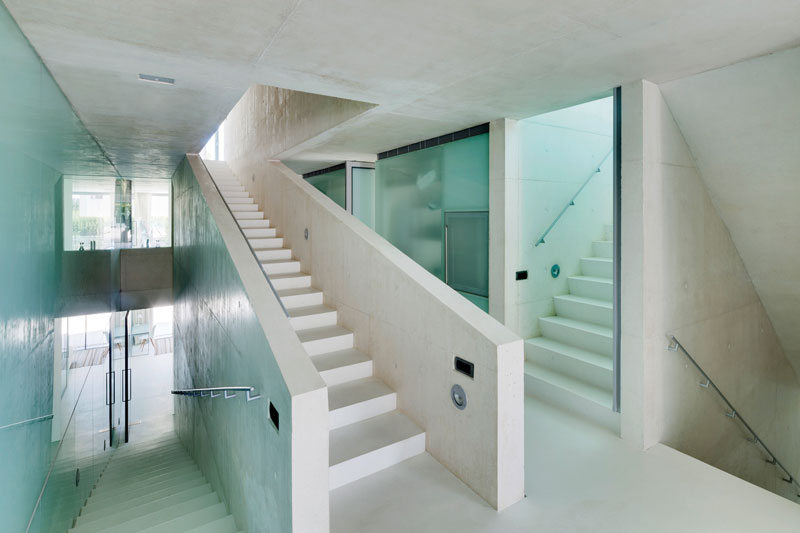
Image © Jan Bitter
Through carefully thought-of details, Wiel Arets Architects designed the projected rooftop pool to be seen and experienced from nearly all areas of the house. The 6 cm thick glass-bottom and panoramic window at its interior facing edge allow viewers to get a view of the swimming pool from the kitchen area. A third interior window connects the view between kitchen and the living room area located underneath the swimming pool.
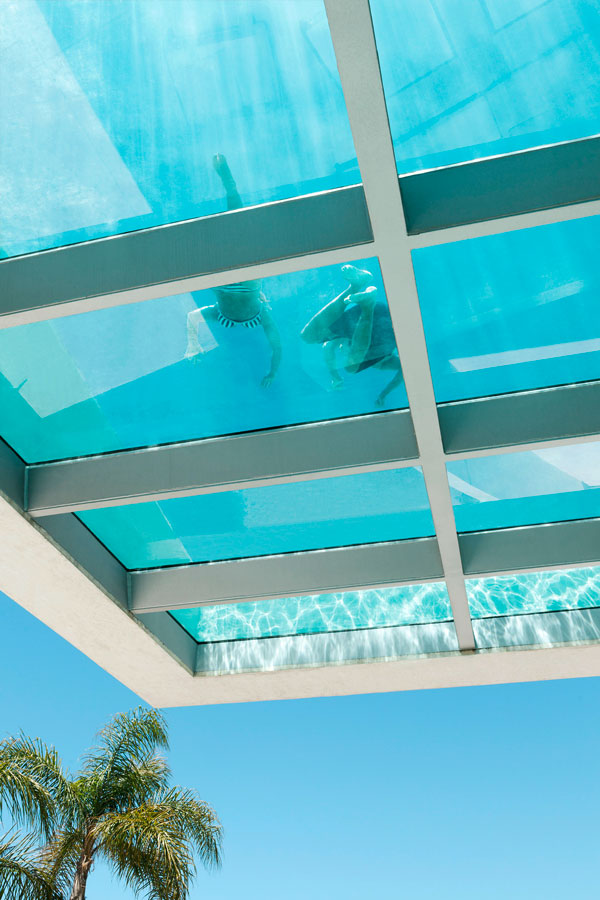
Image © Jan Bitter
The searing Spanish sun constantly filters through the pool’s glass wall and floor, creating ripples of iridescent turquoise reflections throughout the entire house.
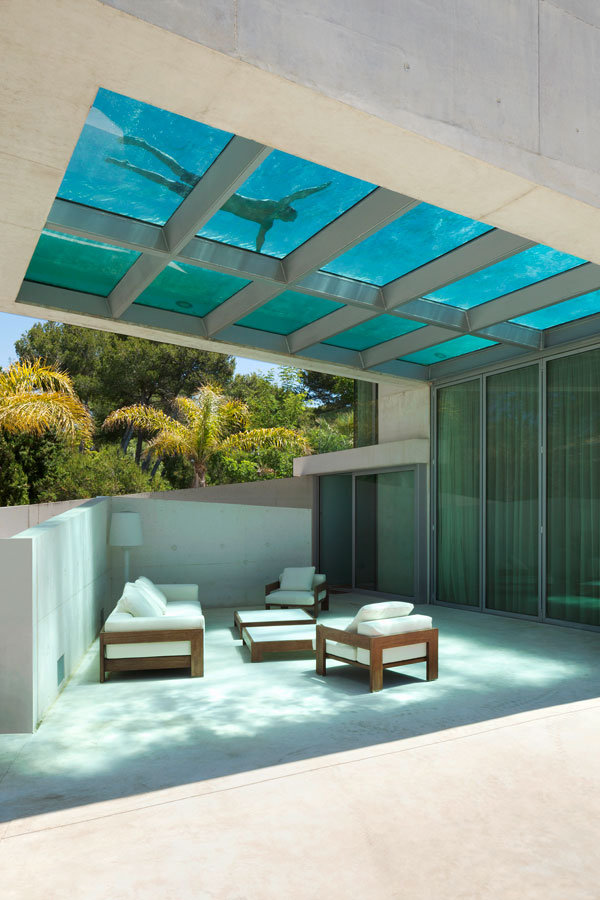
Image © Jan Bitter
There are five bedrooms located throughout the house, with two guest bedrooms situated privately on the basement level with access to an exclusive private terrace. The main floor incorporates the rest of the bedrooms, kitchen area, a sauna and a steam bath. The kitchen is located on the southern facade of the house, with all the “secondary appliances build-into an adjacent and perpendicular hallway”. The first floor also includes a small service elevator that connects the ground level to any other floor, including the rooftop.
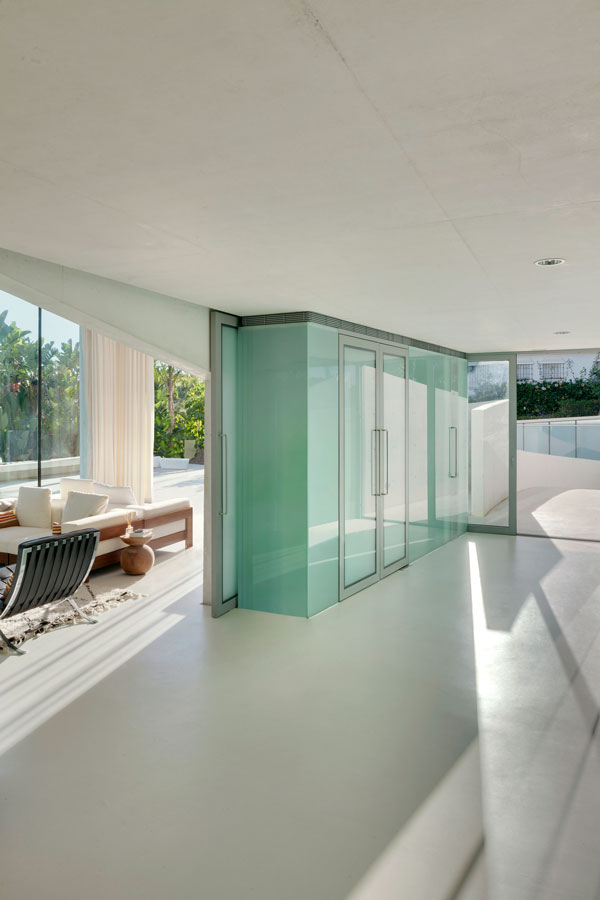
Image © Jan Bitter

Image © Jan Bitter
The structure of the house is entirely made out of poured in place white-concrete, with supporting columns near the “rear-dining terrace” and a main column at the “right-read edge of its pool”. All other non concrete walls throughout the house were built with glazing, creating an open feeling and allowing the house to get as much natural light as possible.
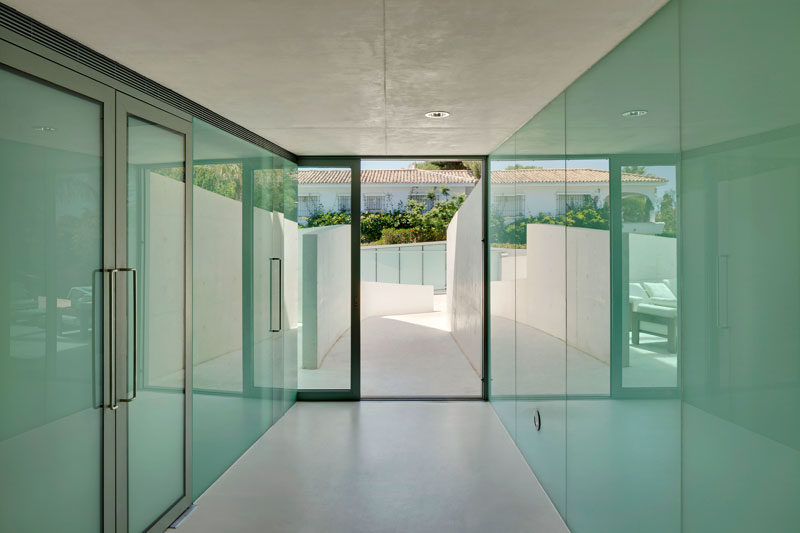
Image © Jan Bitter
Multiple bedroom closets, whose obverse face the ground floor hallway, are finished in translucent glazing to compound this sunlight diffusing strategy. Oversized and accordion-like folding panels of translucent glazing adjoin each dining or entertaining space, which, when opened, essentially expands the house’s numerous areas of living by nearly doubling their size.
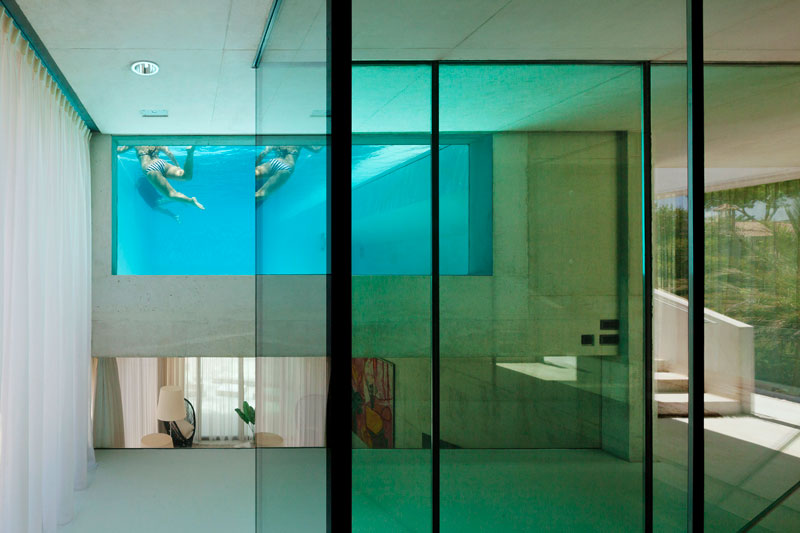
Image © Jan Bitter
Other design details within the house include the recessed audio-video equipment, which are almost unnoticeable. The corridors, staircase and pool are all illuminated to ensure the rippling effects of the water shimmer through the glass floor and walls, and can be experienced throughout the house during the night.
Taking full advantage of the ever-present Spanish sun, the Jellyfish House is an avant-garde expression of luxurious living; as most of its façades can be opened, and as its staircases are mainly outdoor, the house’s ever shifting boundaries between inside and outside are curiously blurred.
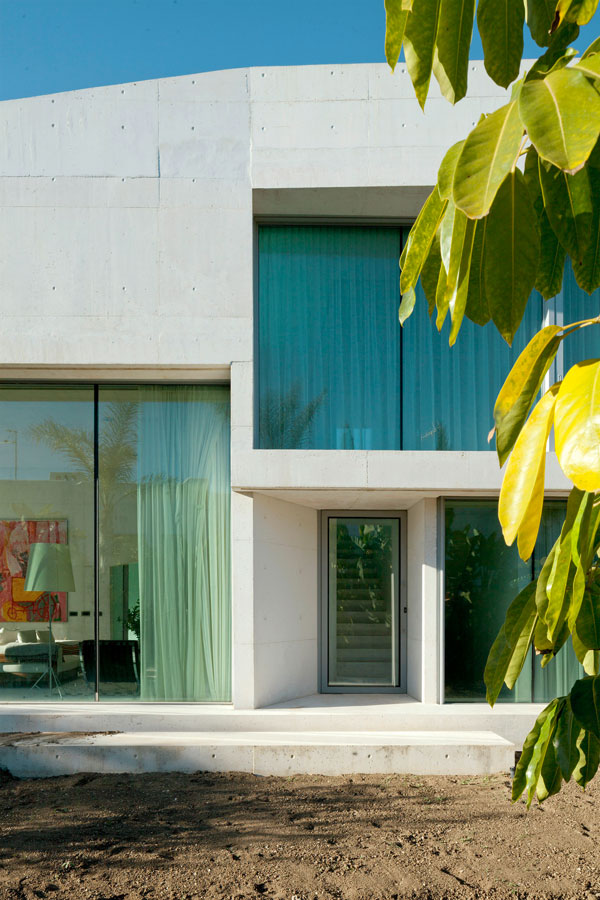
Image © Jan Bitter
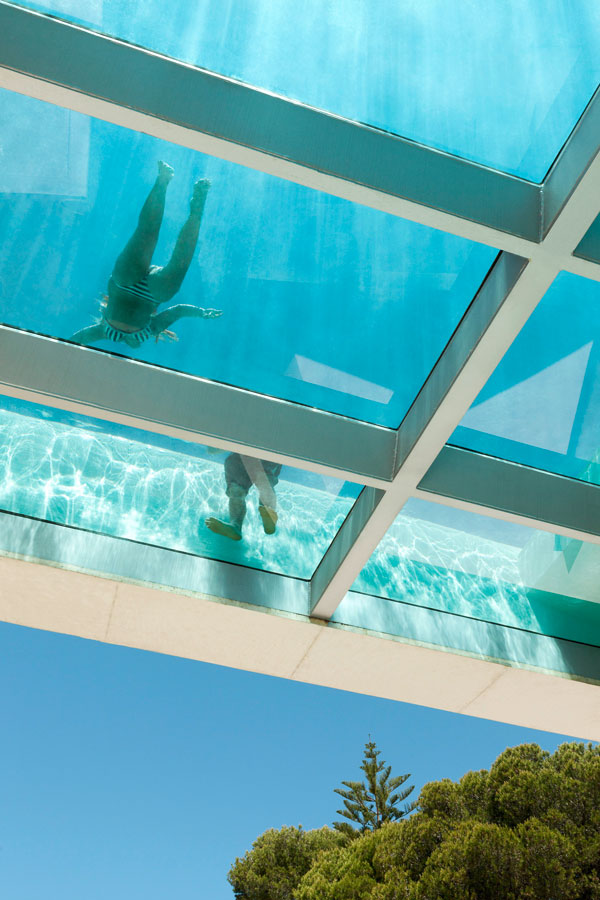
Image © Jan Bitter
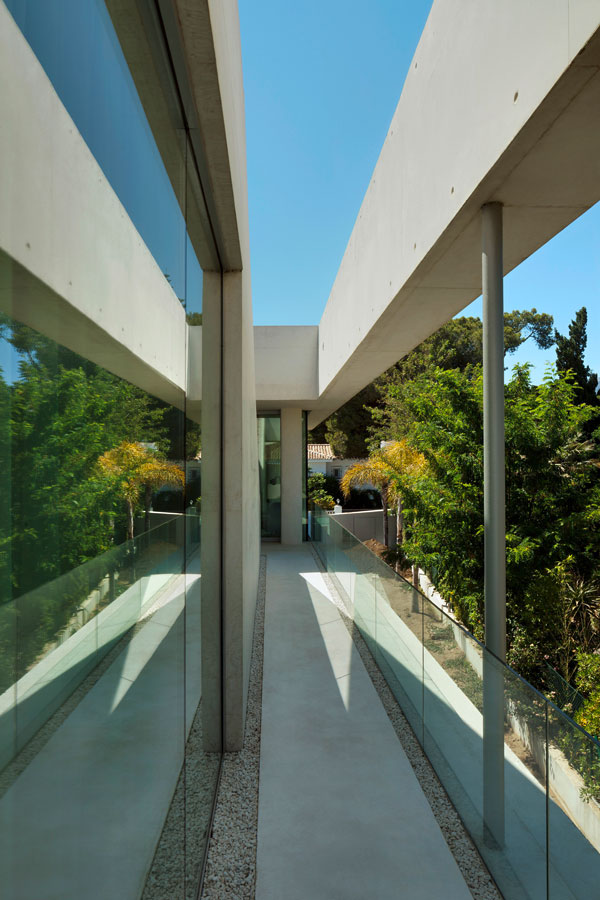
Image © Jan Bitter
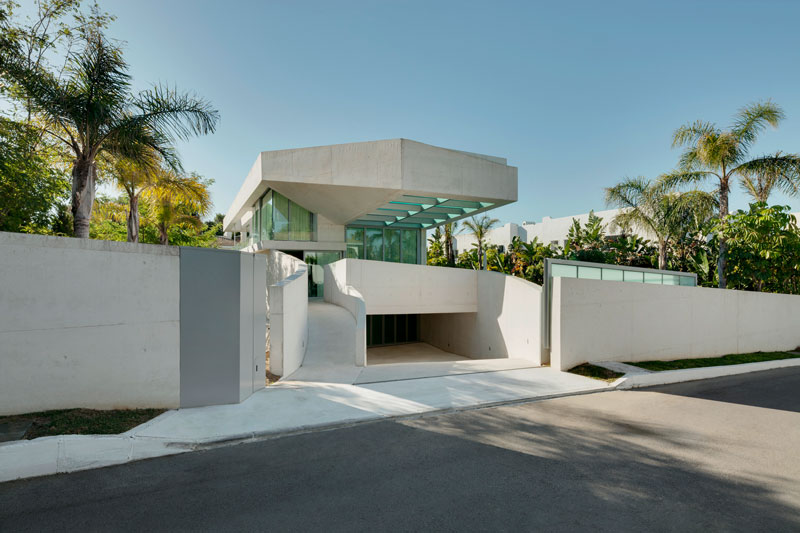
Image © Jan Bitter

Courtesy of Wiel Arets Architects
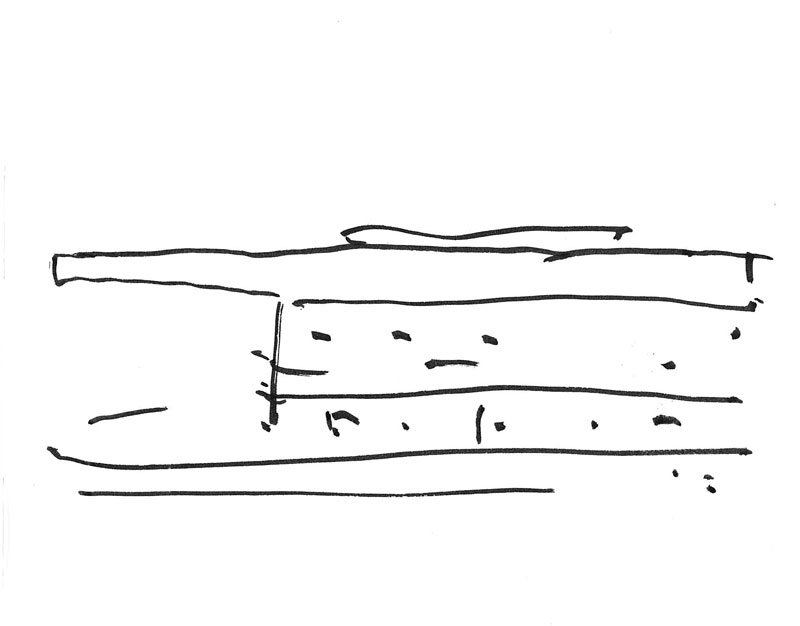
Courtesy of Wiel Arets Architects
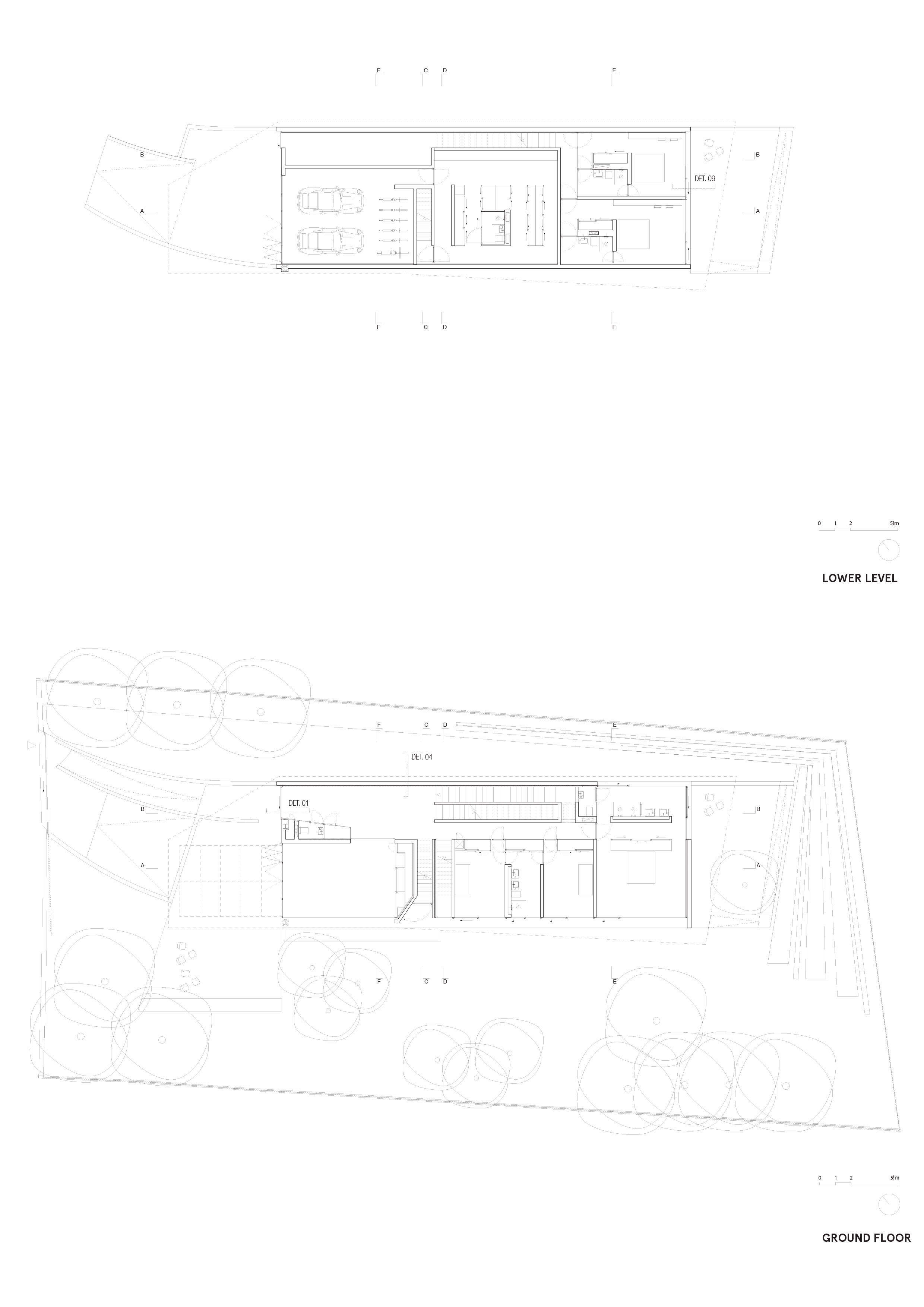
Courtesy of Wiel Arets Architects
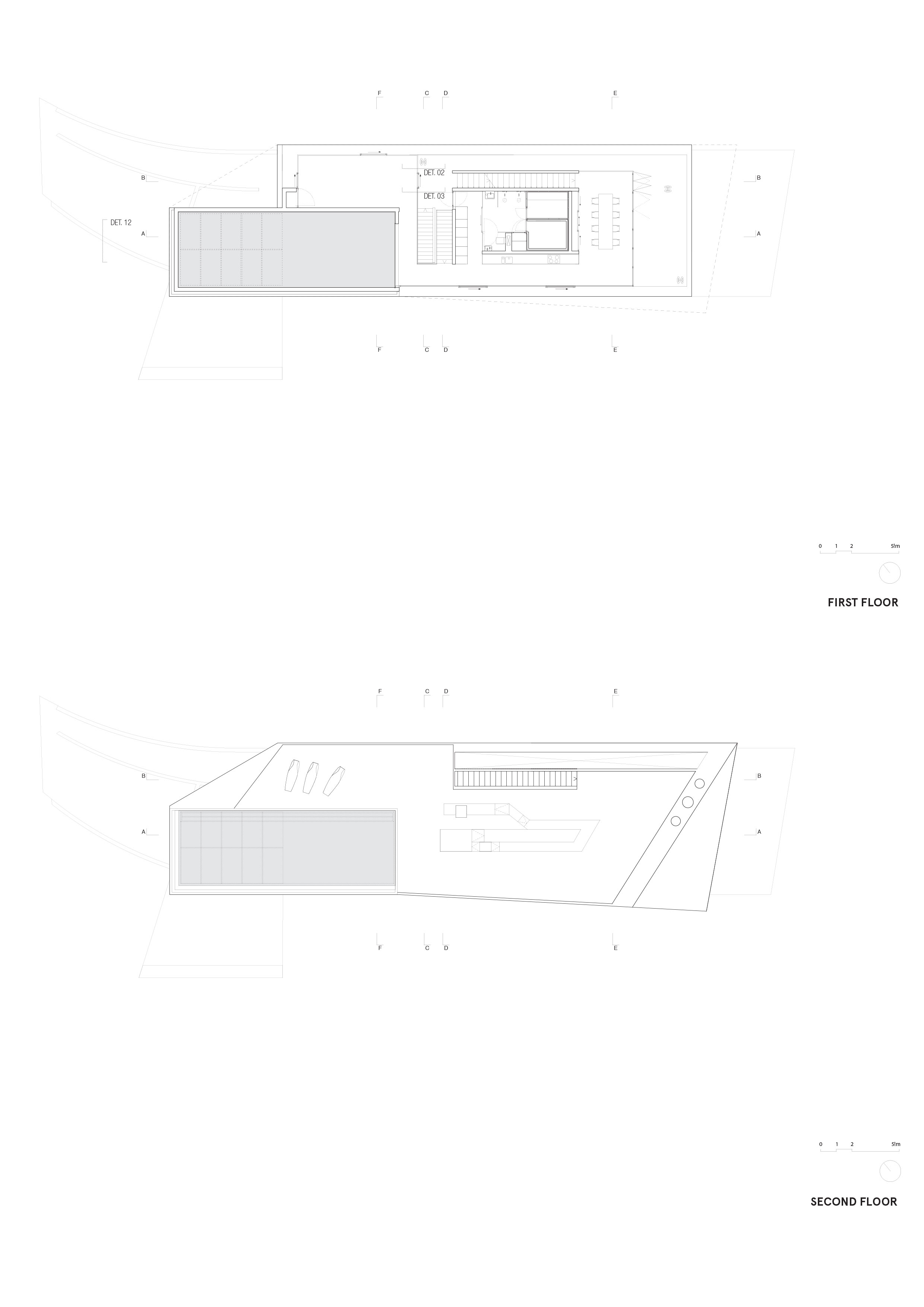
Courtesy of Wiel Arets Architects

Courtesy of Wiel Arets Architects
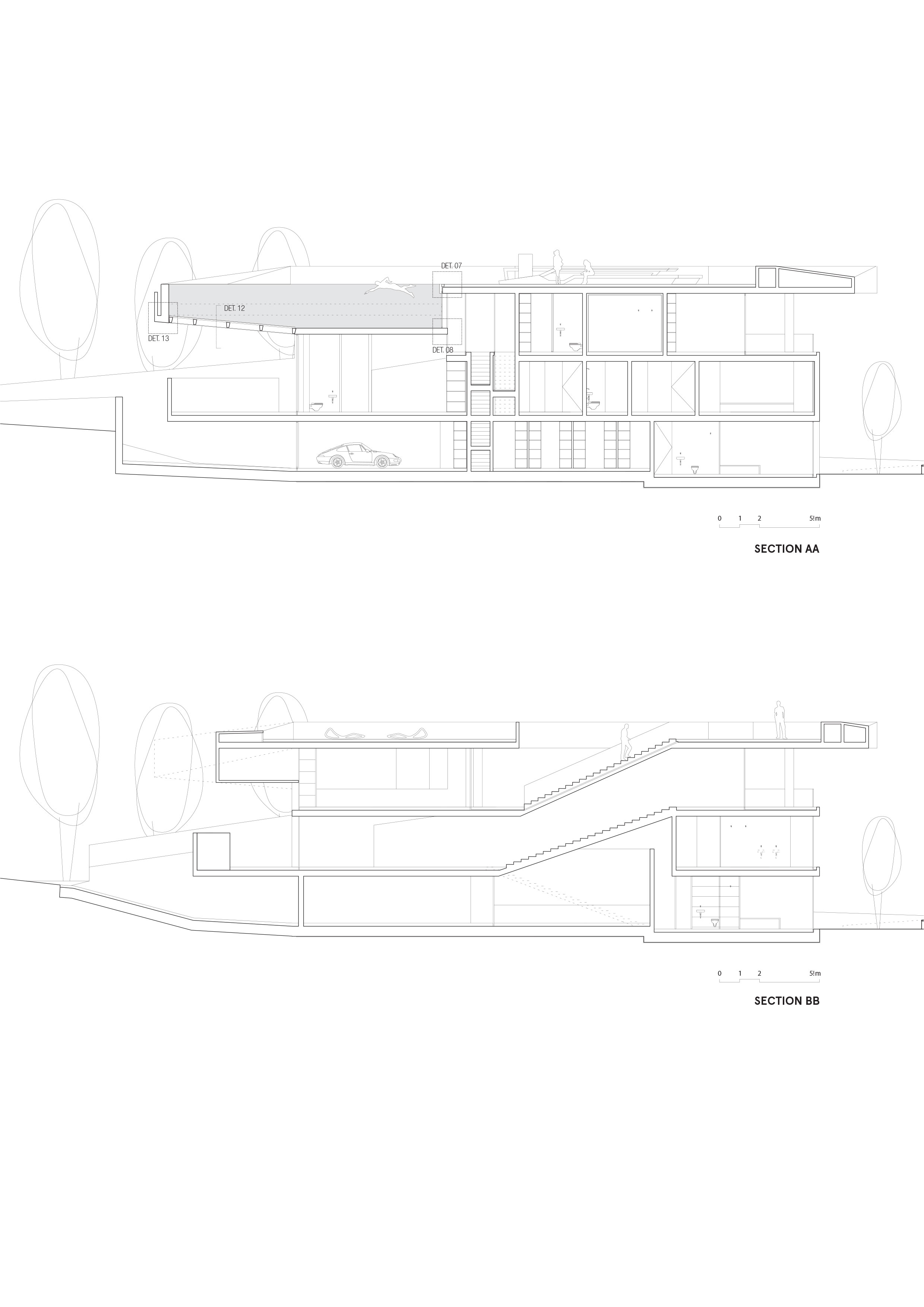
Courtesy of Wiel Arets Architects
Facts:
Program: Housing
Location: Los Monteros 29600 Marbella, Spain
Size: 650 m²
Date of design: 1998-2001
Date of completion: Winter 2013
Project team: Wiel Arets, Bettina Kraus, Lars Dreessen, Dennis Villanueva, Carlos Ballesteros
Collaborators: Paul Draaijer, William Fung, Johannes Kappler
Consultants: West 8, ABT BV, Cauberg-Huygen Raadgevende Ingenieurs BV, Nieto Sobejano Arquitectos S.L.
Client: Private
Photography: Jan Bitter
*All images and information courtesy of Wiel Arets Architects.
